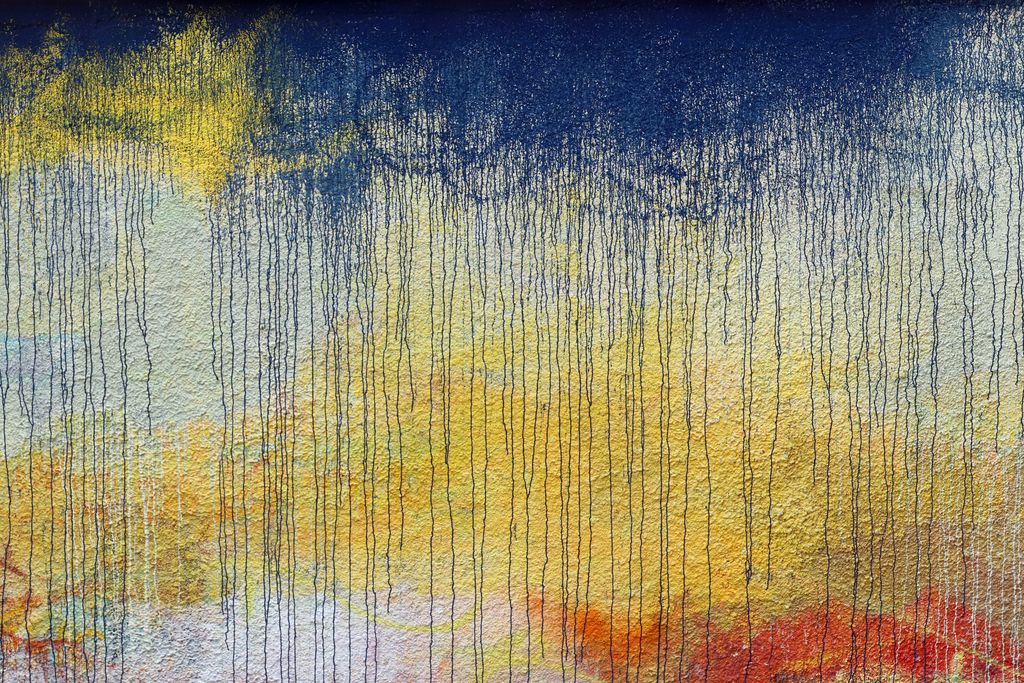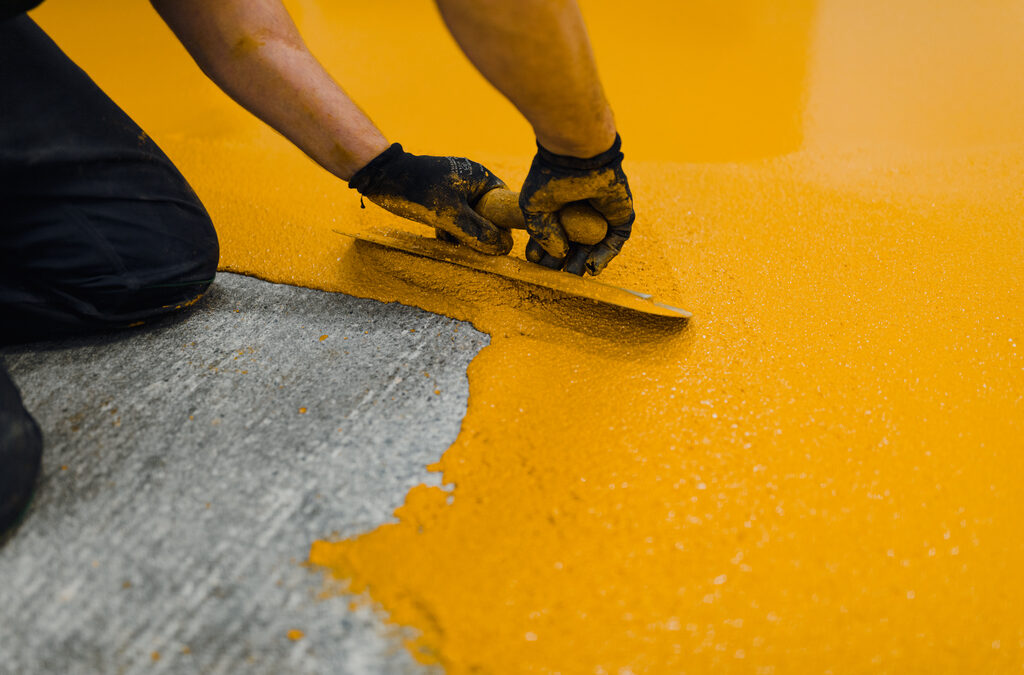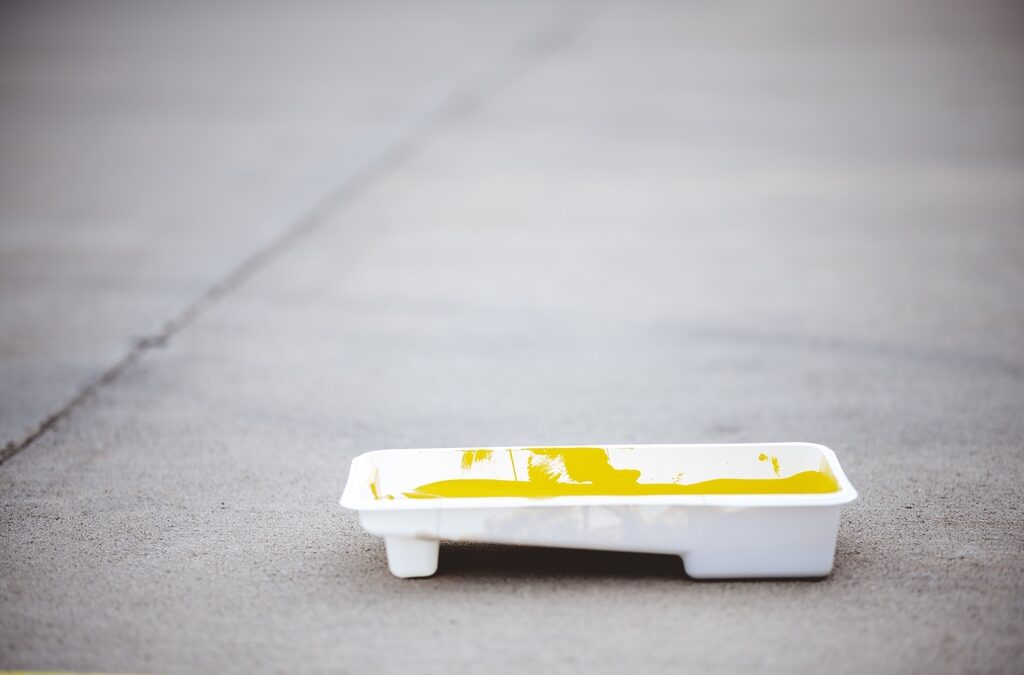Painting in the rain can be a challenging endeavor, but with the right knowledge and precautions, it is possible to achieve a successful paint job even in wet conditions. This article delves into the effects of rain on painting, essential preventive measures, and expert tips to help you navigate the complexities of painting in rainy weather.
The Science Behind Painting in the Rain
When it rains, the increased moisture in the air significantly impacts the curing process of paint. Curing is the process where paint transitions from a liquid to a solid state, involving the evaporation of solvents and the chemical bonding of paint molecules. Rain disrupts this process by introducing additional moisture, preventing proper solvent evaporation and hindering the chemical reactions necessary for a durable finish. Moisture can interfere with the adhesion of paint, causing issues such as bubbling, peeling, and streaking. These effects are particularly pronounced when painting exterior surfaces exposed to continuous rain, making it crucial to understand how rain can affect your painting project.
Immediate Effects of Rain on Fresh Paint
Rain can have several immediate negative effects on fresh paint. Firstly, rain can cause washed-out colors and streaking. When rain mixes with wet paint, it dilutes the paint, leading to uneven and faded colors. This not only diminishes the aesthetic appeal but also compromises the protective qualities of the paint. Secondly, excess moisture from rain can cause the paint to bubble and peel. This happens because the moisture prevents the paint from adhering properly to the surface, resulting in a compromised finish that can quickly deteriorate. Understanding these immediate effects is crucial for anyone planning to paint in rainy conditions.
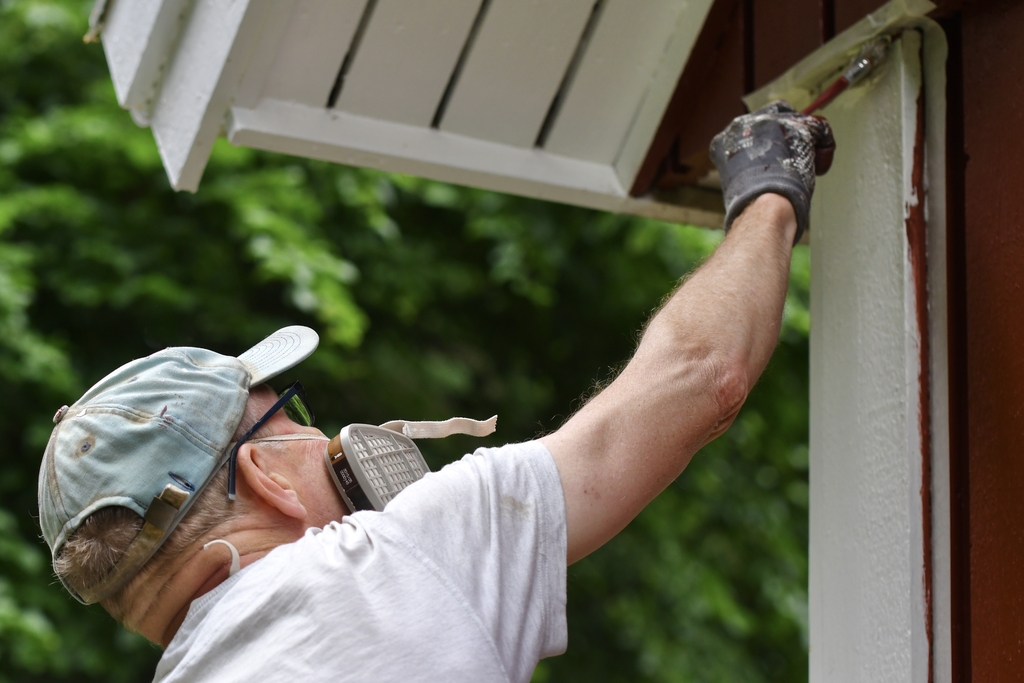
Preventive Measures for Painting in Wet Weather
To mitigate the adverse effects of rain on painting, it is essential to take several preventive measures. First and foremost, always monitor the weather forecast closely. Planning your painting projects around periods of dry weather is crucial. Ideally, choose a time when no rain is expected for at least 24-48 hours to ensure that the paint has ample time to dry and cure properly. Additionally, if rain is unexpected, use tarps or plastic sheeting to cover freshly painted areas. This can help prevent water from washing away or diluting the paint, ensuring a more even and durable finish. Selecting the right type of paint is also important. High-quality, weather-resistant paints designed to withstand moisture and humidity provide better adhesion and durability in wet conditions.
Post-Rain Procedures: How to Salvage Your Paint Job
If rain interrupts your painting project, it is crucial to assess the damage and take appropriate remedial actions. Start by inspecting the painted surfaces for any signs of damage such as blotches, bubbles, or peeling. Assessing the extent of the damage will help determine the necessary steps for repair. Once the surface is completely dry, you can begin repairs and touch-ups. Sand down any affected areas to create a smooth surface and reapply paint as needed. Ensuring proper drying before applying additional coats of paint is essential to achieve a smooth and even finish. These post-rain procedures can help salvage your paint job and restore its appearance and durability.
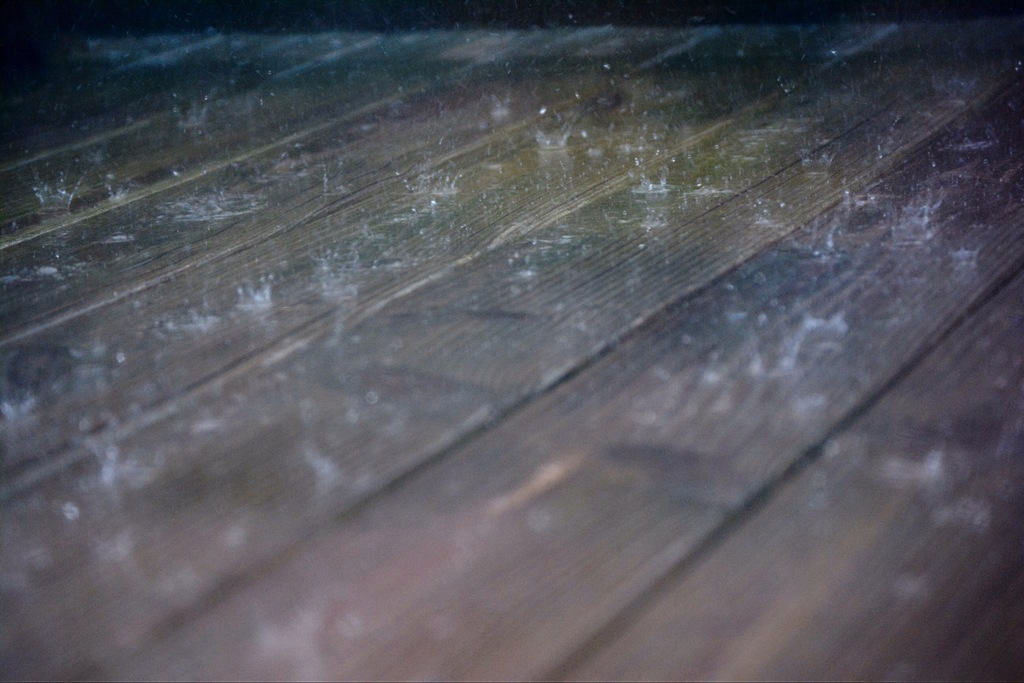
Expert Tips for Successful Painting in the Rain
For a successful paint job in rainy conditions, it is beneficial to follow expert tips and best practices. Consulting with professional painters can provide valuable insights and advice. Companies like Lifetime Painters offer expert services and can help you navigate the complexities of painting in wet weather. One key tip is to avoid painting when rain is forecasted within the next 24 hours. Ensuring that surfaces are completely dry before applying paint is crucial for proper adhesion and a smooth finish. Additionally, using quick-drying paints can reduce the vulnerability window and minimize the risk of rain-induced complications. These paints are designed to expedite the curing process, making them ideal for use in wet conditions.
Frequently Asked Questions (FAQs)
- Can you paint if rain is in the forecast?
- It is generally recommended to avoid painting if rain is expected within 24-48 hours. Wet conditions can interfere with the paint’s ability to adhere properly, leading to uneven coverage and potential peeling.
- How long should you wait after rain to start painting?
- The drying time for paint varies depending on the type of paint, humidity, and temperature. It is essential to wait until the surface is completely dry before applying paint. This could take several days depending on the conditions.
- What are the best types of paint for rainy conditions?
- Weather-resistant paints, such as those labeled as mildew-resistant or designed for high humidity, are best for rainy conditions. These paints offer better adhesion and durability.
By understanding the effects of rain on painting and taking the necessary precautions, you can achieve a successful paint job even in wet weather. For more detailed advice and professional services, visit Lifetime Painters.

